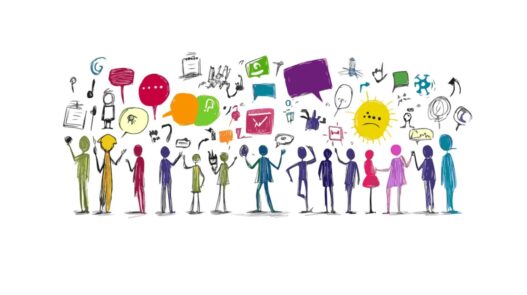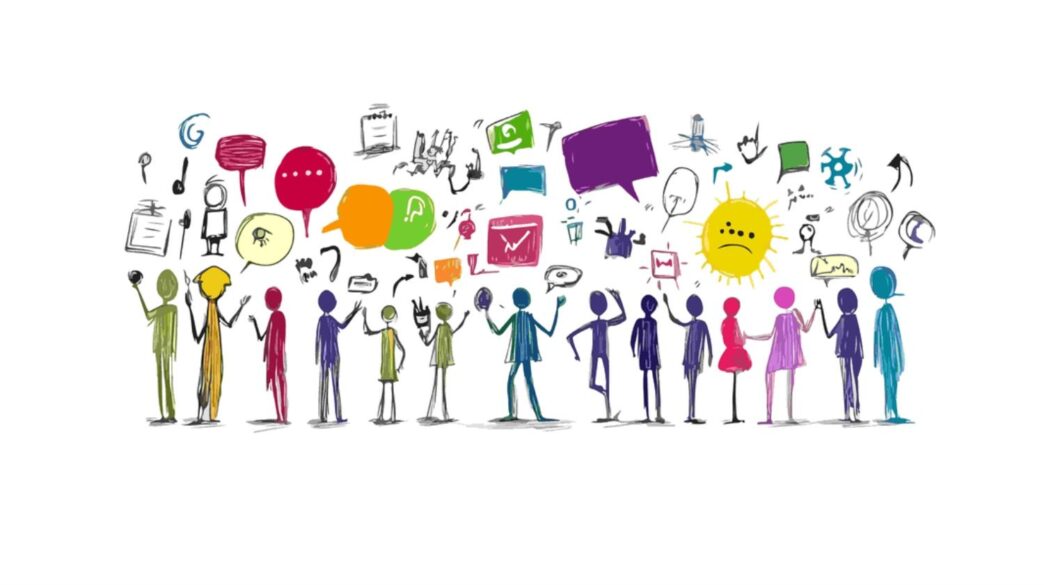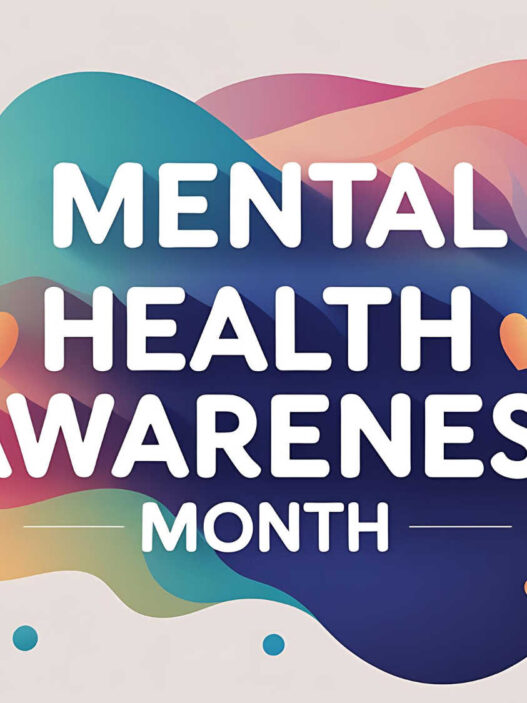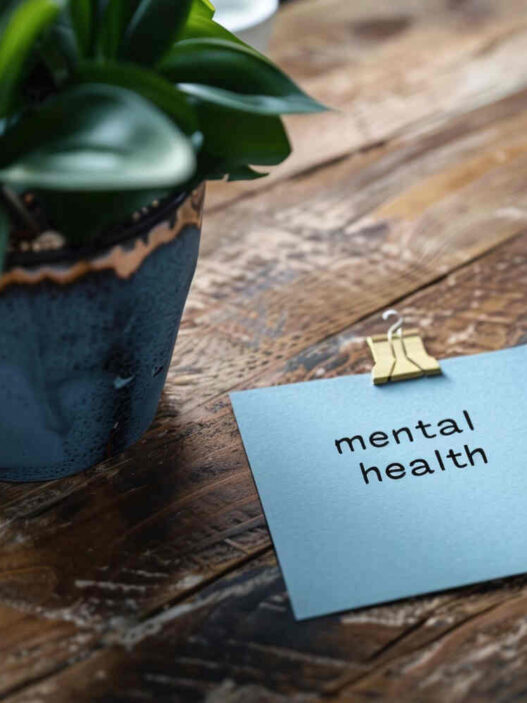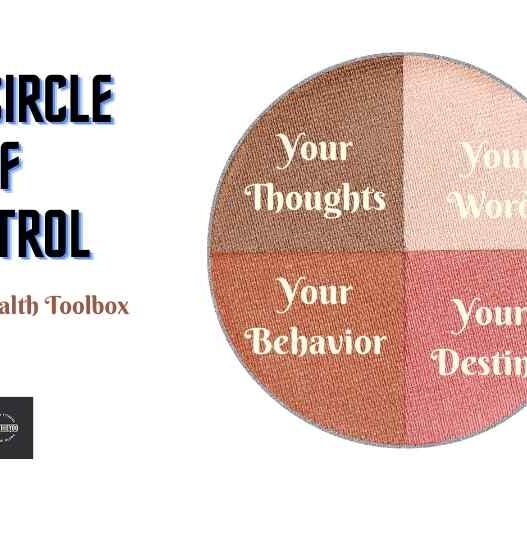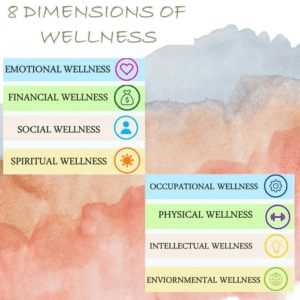Here are the different types of communication – Passive, Aggressive, Passive Aggressive, and Assertive. Which type of a communicator are you? What type of communication is good for managing anxiety and for your mental health? What is a nonverbal communication? Check out the connections of a Soldering Gun and the type of communication being your Mental Health Toolbox Part 11.
“Communication is a skill you can learn, it’s like riding a bicycle or typing. If you are willing to work at it, you can rapidly improve the quality of every part of your life.” Brian Tracy
A soldering gun is an electrically powered tool for soldering metals using a tin-based solder to achieve a strong mechanical bond with good electrical contact. Communication skills require a skill set or connection in order to develop a strong bond. These two pair well together to give us insight into what communication should look like as we improve our skills and seek out natural supports or relationships. A soldering gun has different types of connections as do communication styles. Those are: Passive, Assertive, Passive Aggressive, and Aggressive. Mental health management and recovery depend on our ability to communicate in a way that our needs are being met, a way we are understood, and a way we can be respected and heard.
This tool reminds me of my friend Mark; he communicates with you in a variety of ways that require you to be quick at times, confused, laughing, or just plain actively listening. I appreciate his ability to test all forms of my communication skills and sometimes no words even need to be spoken to understand.
Communication is one of the key components to connecting all ends of the world. However, when I think about mental health recovery this is the most vital tool, we need in hopes of advocating for ourselves, being truly heard, and helping those around us understand exactly what we’re going through.
So, let’s get started addressing 4 different types of communication – Passive, Aggressive, Passive Aggressive and Assertive communication.
Different Types Of Communications – Passive, Aggressive, Assertive
Passive communication
By being passive you are avoiding expressing your thoughts, opinions, and feelings, protecting your rights, or identifying any needs you may have.
Passive individuals rarely get their needs met, do not set boundaries with others, and inevitably take on many different forms of abuse. They don’t want to “rock” the boat.
Passive individuals or passive communicators will experience anxiety, panic, many different levels of depression, and isolation, to avoid others.
Passive communication can be linked to social anxiety, which is the second most commonly diagnosed anxiety disorder.
Most passive communication individuals spend their time apologizing, feeling guilt or shame for things that may not be realistic based on their negative thoughts and feelings.
Aggressive Communication
Aggressive communication is a style of communication in which individuals will express their thoughts and opinions in a way that will violate the rights of others. This can include physical or verbally aggressive behaviors.
Aggressive communicators most often will try and dominate others in all situations. Lack of boundaries, anger, impulsiveness and inappropriate behavior can be associated with this type of communication.
Aggressive communication to me can happen in different scenarios, whether your anxiety is changing your behavior or your ability to react in a manner that is calm and collected, or a narcissist not getting their way.
Aggressive communicators tend to shut others out or demand control. They can be demeaning and blaming.
Aggressive communicators can make it difficult to connect with others, create hurt feelings or increase stress by making it a heated situation. A fixed mindset and lack of insight also remind me of aggressive communication.
Passive Aggressive Communication
Passive Aggressive form of communication is an indirect pattern of expressing negative feelings rather than being open to talking about them. There is a serious disconnect between what this individual is saying and doing.
The Passive Aggressive communicator individual can be very indecisive, and apologetic and never get what they really want or need.
People pleasers can be passive-aggressive, spending their time taking care of others until they have reached their limit and then becoming upset due to lack of support, care, or needs from others.
Anxiety, social anxiety, and struggling to maintain recovery can promote this inconsistent communication that makes it difficult to engage with supporters, family, or friends.
Passive Aggressive type of communication I feel can also be something that creates barriers to seeking the help an individual needs to get care for their mental health.
Assertive Communication
Assertive communication is a skill we all spend most of our lives working on conquering. Assertiveness is being able to express yourself in a way that is clear and direct, all while respecting others’ feelings and opinions.
When you learn to use assertiveness you are able to reduce conflict, control angry outbursts, and communicate your feelings, thoughts, and concerns by seeking a supportive relationship and respecting feedback that may come from others.
Assertive individuals are direct, concrete, positive, and consistent.
Assertive communication individuals are able to identify symptoms or unwanted feelings toward others and make a plan to help improve and reduce them.
Assertiveness allows for growth and positivity in relationships, boundaries, and respect.
I believe assertiveness or assertive communication also reduces anxiety, improves moods, increases motivation, and promotes goal-driven focus.
Which Type Of Communicator Are You – Passive, Aggressive, or Assertive?
Hope you have been able to identify which type of communicator are you based on the traits mentioned above. Are you Passive, Aggressive, Passive-Aggressive Or an Assertive communicator?
After you have identified what type of communication best reflects you, its important to get to work being mindful of how you communicate to others, pay attention to how others respond to you, and give yourself small challenges to implement into your day that will help you overcome any less than desirable characteristics you are observing.
By feeling more confident addressing areas of concern in your life, my hope is that you will notice a change in your anxiety, more confidence going out into the community, and stronger relationships with those that respect you, your boundaries, and your new skills of expressing yourself.
Non Verbal Communication
Nonverbal communication is also a huge aspect of communicating.
My suggestion is to watch yourself talk in the mirror, and notice your eyes, forehead, and overall reaction while talking.
It may feel silly at times however, it’s a good way to practice understanding how different emotions affect your facial expressions that could also change the dynamics of the conversation.
The Final Words
Communication can be complicated and complex, with many different levels to work through in hopes of connecting in a more positive way with others.
But with support, identification, practice, and understanding, communication should be something that you grow in confidence with and are able to express who you are and what you want.
Again, I believe this is a vital piece of recovery as well as in stomping out the stigma of mental health by speaking up and advocating with our new tools!
Please take some of your own time to research communication and practical ways to practice and get these skills into your daily routine.

Rebecca (Becky) Schmitz is an Executive Director of Vikingsland Community Support Program at Minnesota, United States serving those with mental illness in the community providing Adult Mental Health Rehabilitative Services. She has been active in the mental health field for 15+ years. Through trial and error with consumers along with her own challenges in life, her passion is to spread information and hope to everyone.
